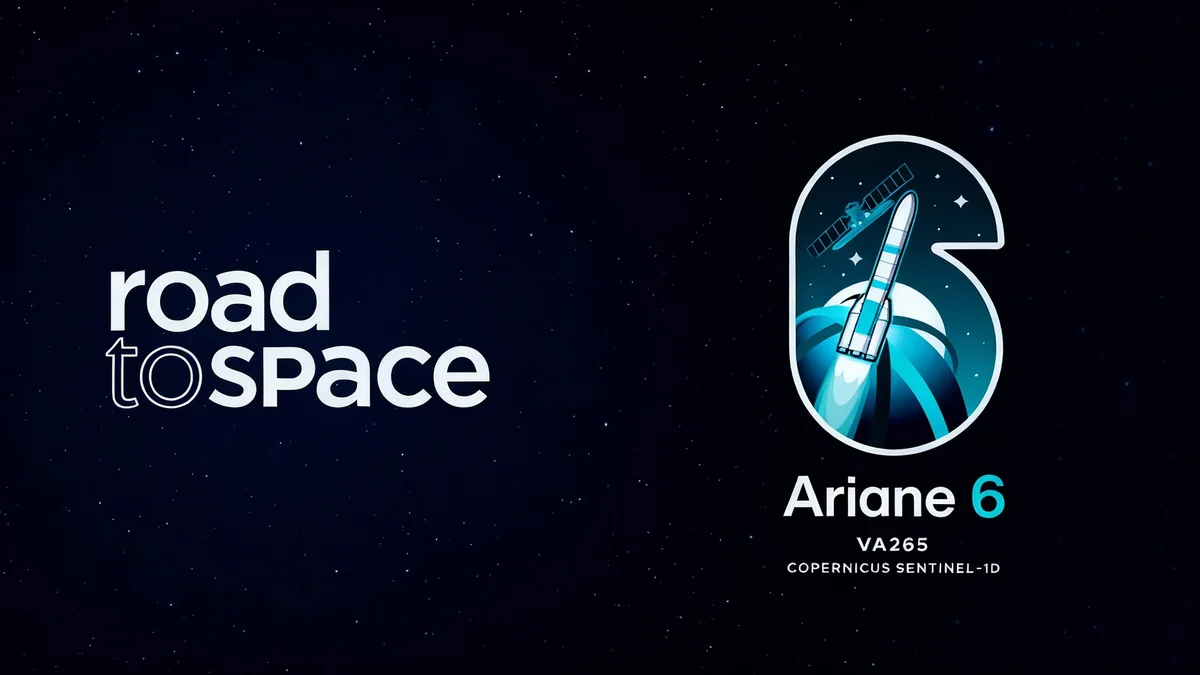The European Space Agency (ESA) has successfully supported the development of new open-source software designed to analyze enormous datasets generated by modern space missions. This tool, created by the German Aerospace Center (DLR), makes powerful data analysis techniques accessible to scientists and engineers without requiring expertise in high-performance computing.
The project, named ESAPCA, addresses a growing challenge in space science where data volumes from atmospheric measurements, spacecraft engineering, and materials science can overwhelm traditional computer systems. The new software accelerates complex calculations, enabling researchers to uncover hidden patterns in data that was previously too large to process effectively.
Key Takeaways
- A new software library, developed by DLR for an ESA project, simplifies the analysis of extremely large datasets.
- It uses GPU acceleration to speed up powerful techniques like Principal Component Analysis (PCA) and Dynamic Mode Decomposition (DMD).
- The software is open-source and integrates with the popular Python data science ecosystem, making it accessible to a wide range of researchers.
- This tool is critical for fields like additive manufacturing and climate observation, where single datasets can exceed 100 gigabytes.
The Challenge of Big Data in Space Exploration
Modern space missions are data factories. Satellites observing Earth's atmosphere, telescopes peering into distant galaxies, and sensors monitoring spacecraft health generate a continuous stream of information. This data holds the key to scientific breakthroughs and engineering improvements, but its sheer size creates a significant bottleneck.
Many essential analytical methods were not designed for the terabyte-scale datasets that are now common. As data volumes grow, the computational power required to process them increases dramatically, often making analysis impossible on standard computers.
This problem is particularly acute in advanced engineering applications. Dr. Michael Mallon, who led the project for ESA, highlighted the scale of the issue. "In additive manufacturing, when we inspect cases or we simulate cases and compile them with experimental data, we often get single time series datasets that are 100 gigabytes," he explained. "And for training and improvement of these, we need hundreds, if not thousands of those datasets." Processing such massive volumes of information is simply not feasible with conventional tools.
Understanding the Core Techniques
The new software focuses on accelerating two key data analysis methods:
- Principal Component Analysis (PCA): This technique is used to identify the most important patterns or variations within a complex dataset. It helps reduce noise and simplify data by finding its underlying structure.
- Dynamic Mode Decomposition (DMD): This method is applied to understand how systems change over time. It is especially useful for analyzing fluid dynamics, climate patterns, and other evolving phenomena.
Both methods rely on a mathematical operation called Singular Value Decomposition (SVD), which is computationally intensive for large datasets.
A Scalable Solution for Modern Science
The 18-month ESAPCA project, proposed through ESA's Open Space Innovation Platform, aimed to solve this computational barrier. The team at DLR's Institute of Software Technology developed a solution that makes high-performance computing accessible within a familiar environment for scientists.
Dr. Fabian Hoppe, who led the technical development at DLR, described the goal. "We research and develop high-quality software solutions for space, aeronautics, energy, transport and security," he stated, emphasizing the need for robust tools to handle modern challenges.
The result is a new software library integrated into Heat, a research framework developed in collaboration with DLR, Jülich Research Centre (FZJ), and Karlsruhe Institute of Technology. Heat is designed for parallel and GPU-accelerated computing, meaning it can distribute a massive computational task across multiple processors simultaneously.
Making High-Performance Computing User-Friendly
One of the project's most significant achievements is its usability. The software maintains compatibility with widely used Python tools like NumPy and scikit-learn. This design choice means researchers do not need to become experts in parallel programming to use it.
Instead, they can use familiar commands and workflows to process datasets that are far too large for a single computer. The software intelligently manages the distribution of work across a cluster of computers equipped with powerful GPUs, dramatically speeding up the analysis.
Open Access for Global Collaboration
The software developed through the ESAPCA project has been released as an open-source library under an MIT license. This ensures that the global scientific and engineering community can freely use, modify, and build upon the tool, fostering wider collaboration and innovation.
Impact Across Scientific and Engineering Fields
The implications of this new tool extend far beyond a single mission. By removing a major computational roadblock, the software enables deeper insights across numerous disciplines. For example, climatologists can analyze decades of atmospheric data to identify subtle, long-term trends that were previously hidden in the noise.
In aerospace engineering, designers can run more complex simulations and compare them against vast amounts of experimental data from processes like 3D printing. This capability can accelerate the development of stronger, lighter, and more reliable spacecraft components. The ability to quickly find patterns in terabytes of telemetry data from a satellite could also help engineers predict and prevent system failures before they occur.
"The challenge is particularly acute in materials engineering and manufacturing applications within ESA... Such massive datasets cannot be processed on conventional systems."
The project, funded by the Discovery element of ESA's Basic Activities, demonstrates a forward-thinking approach to space research. By investing in foundational tools that support the entire scientific community, the agency is ensuring that future missions can deliver their full potential. As data generation continues to accelerate, such scalable and accessible software will become an indispensable part of discovery.





